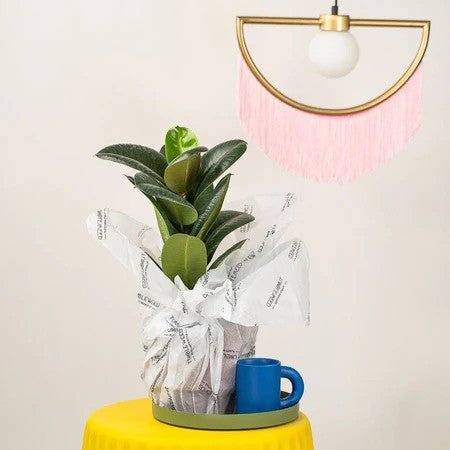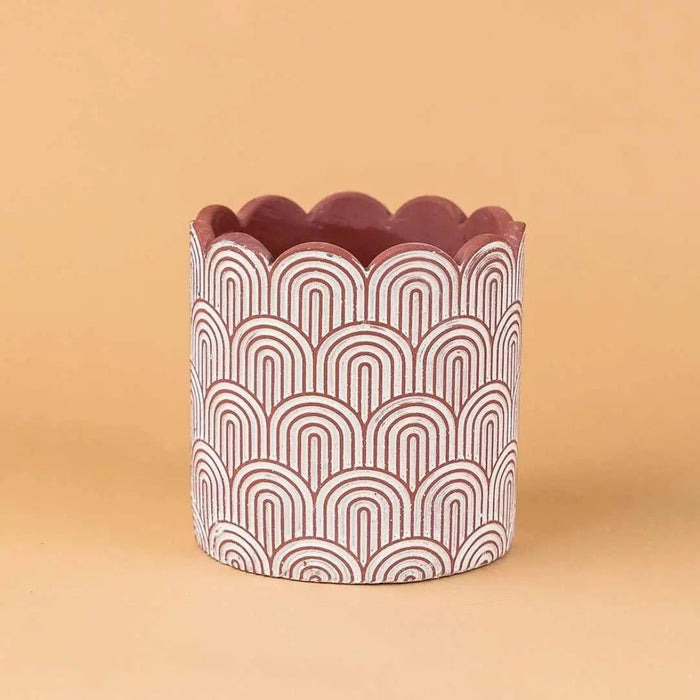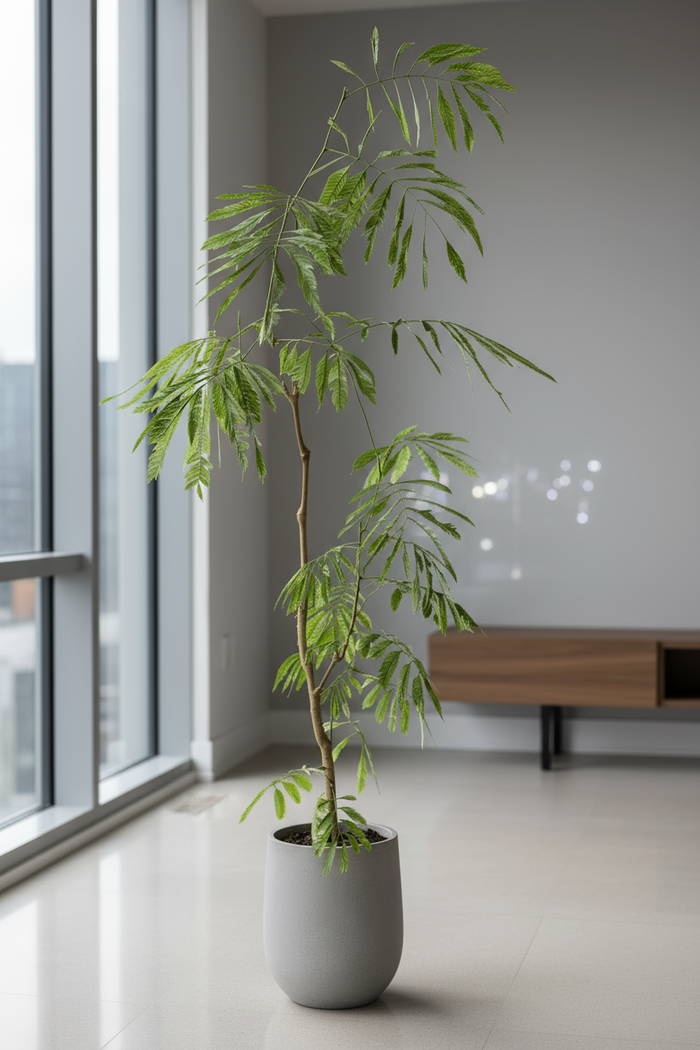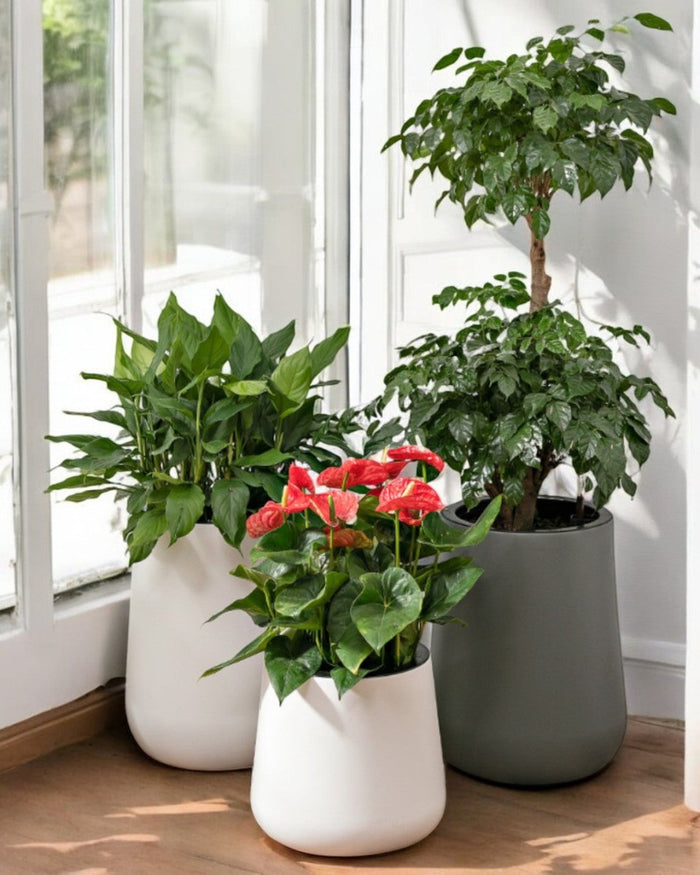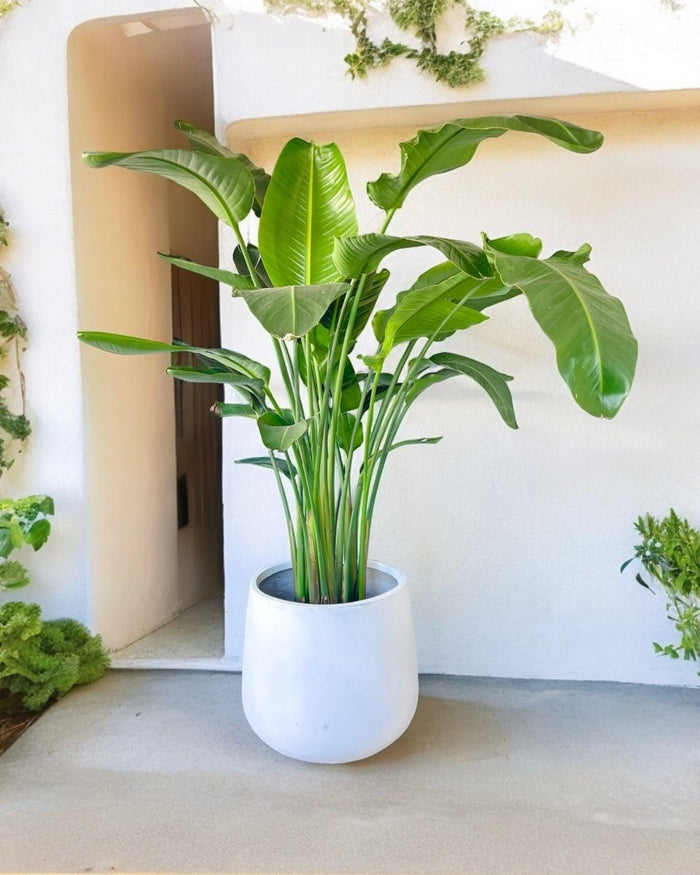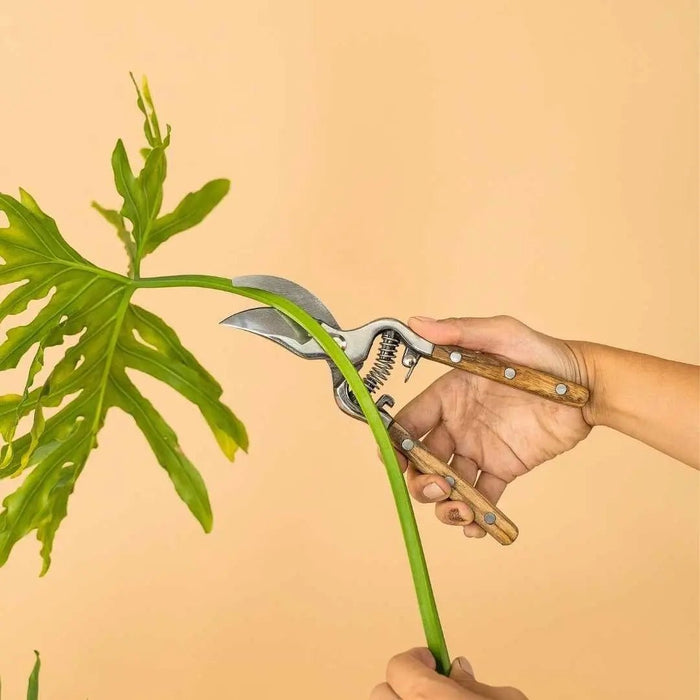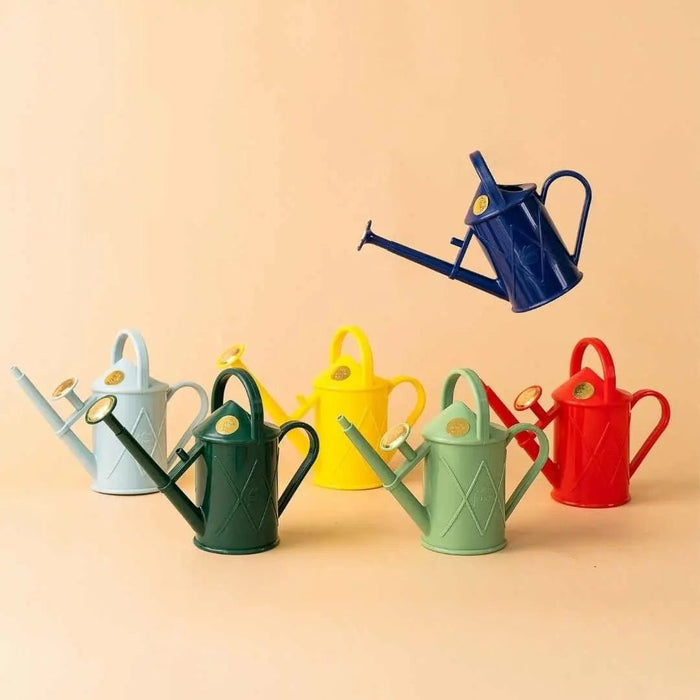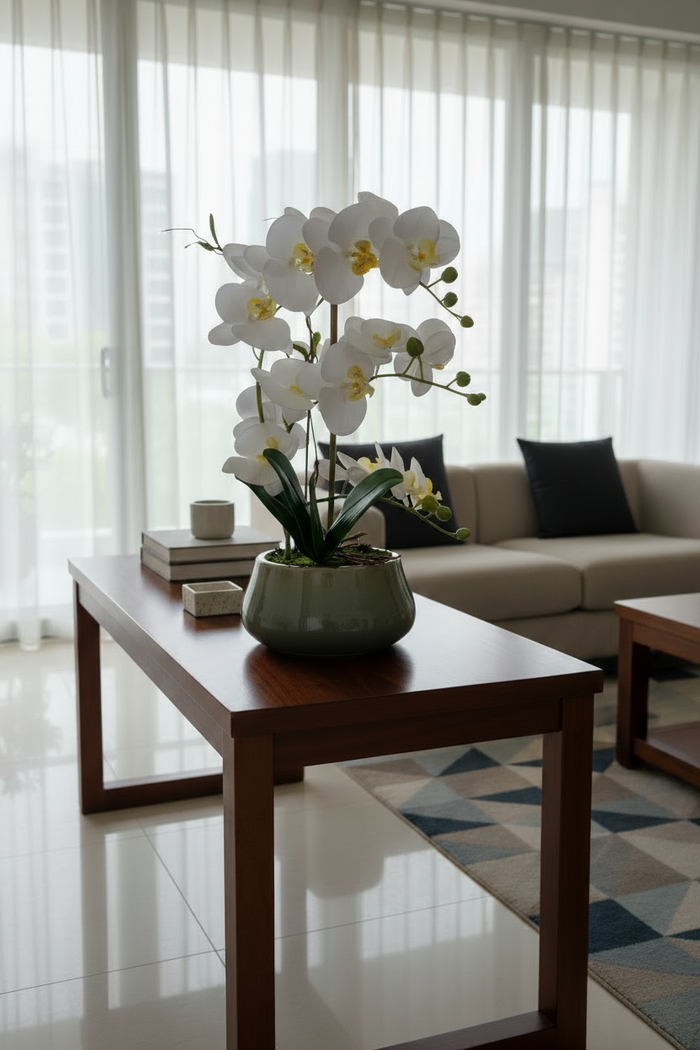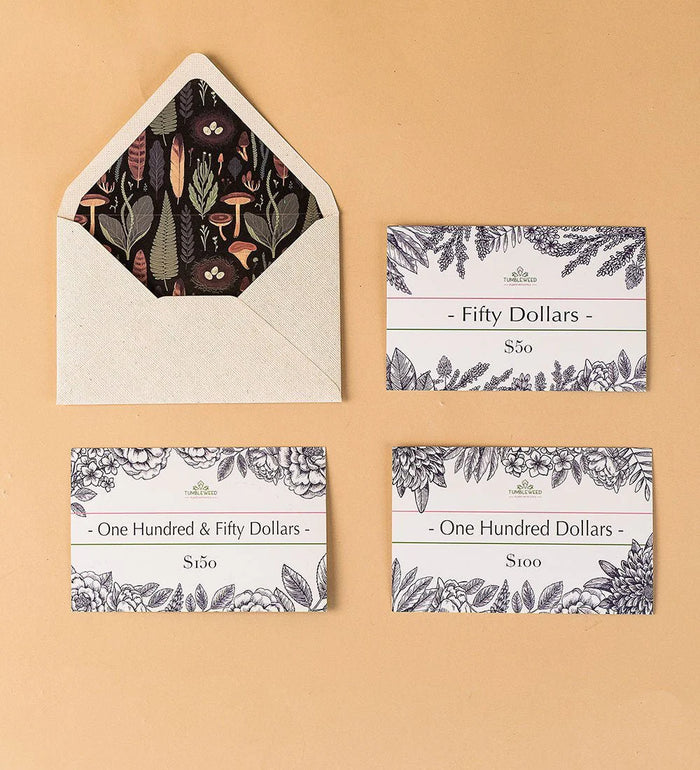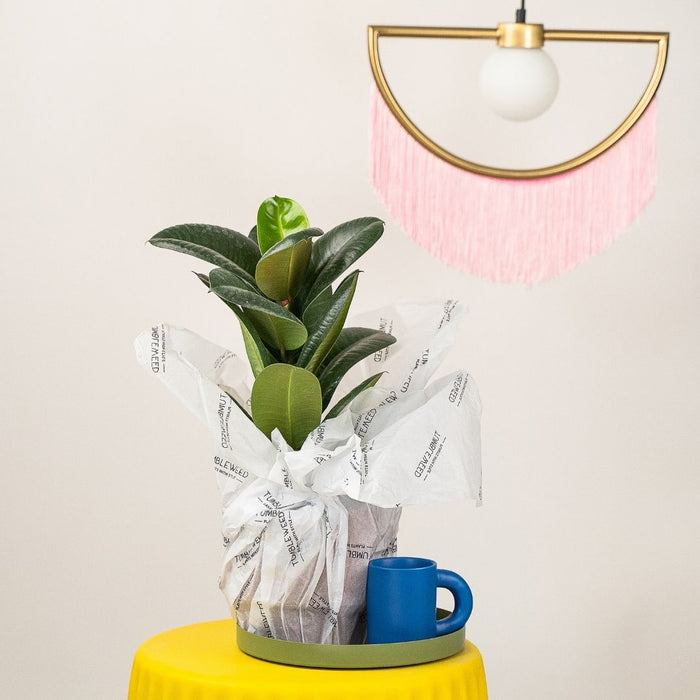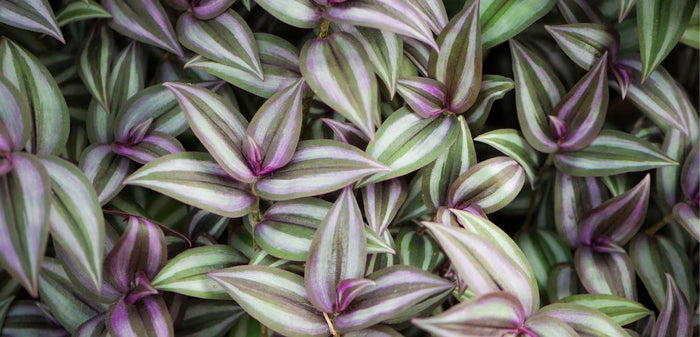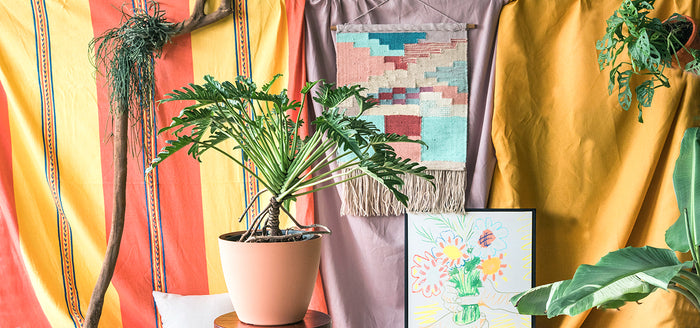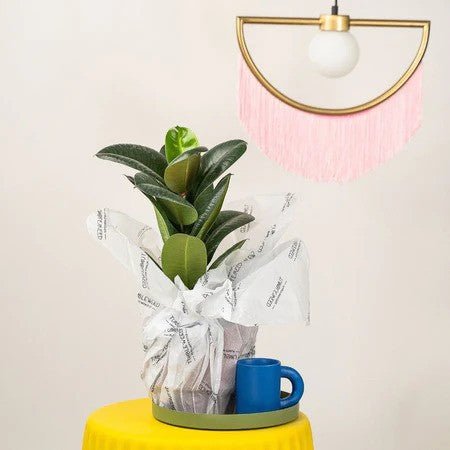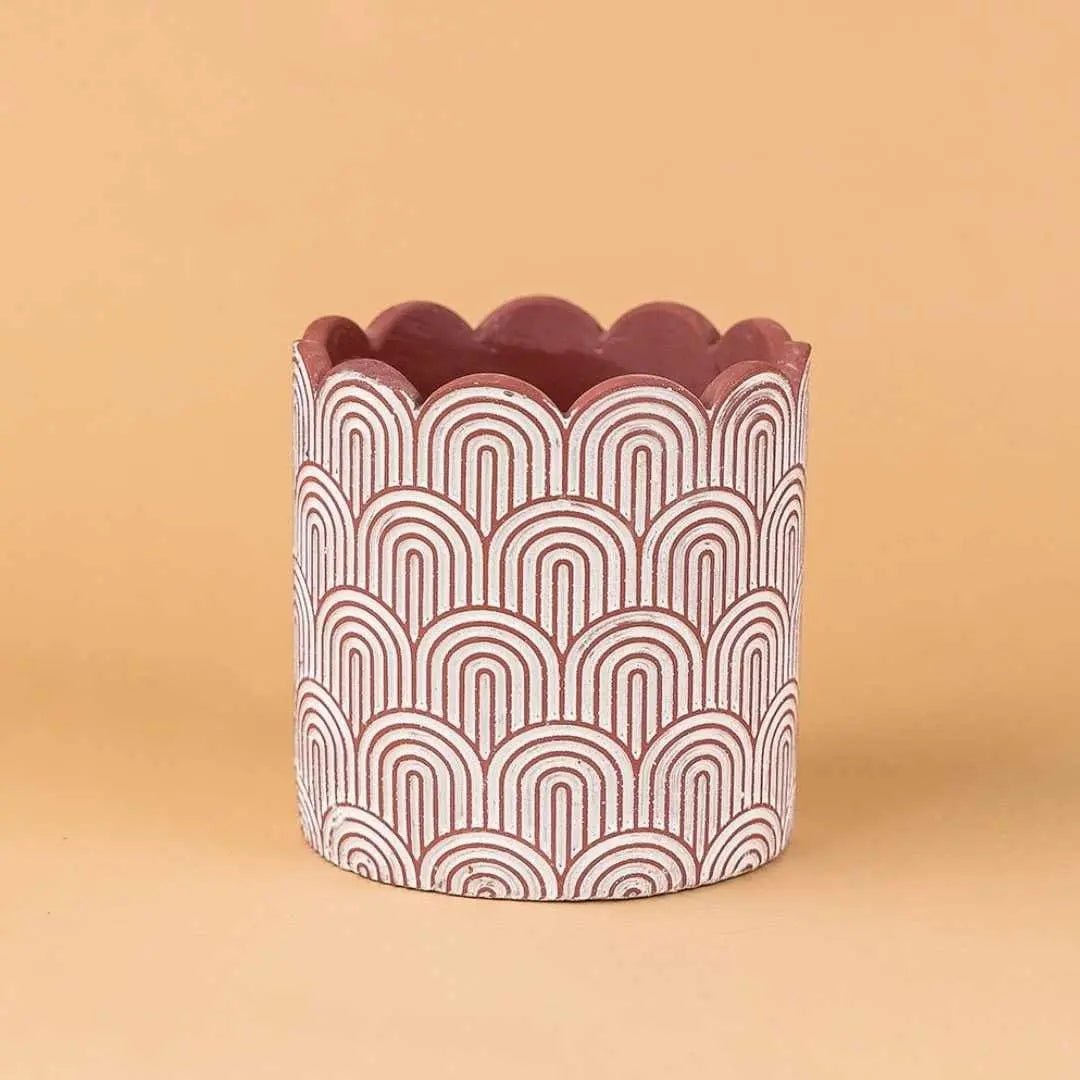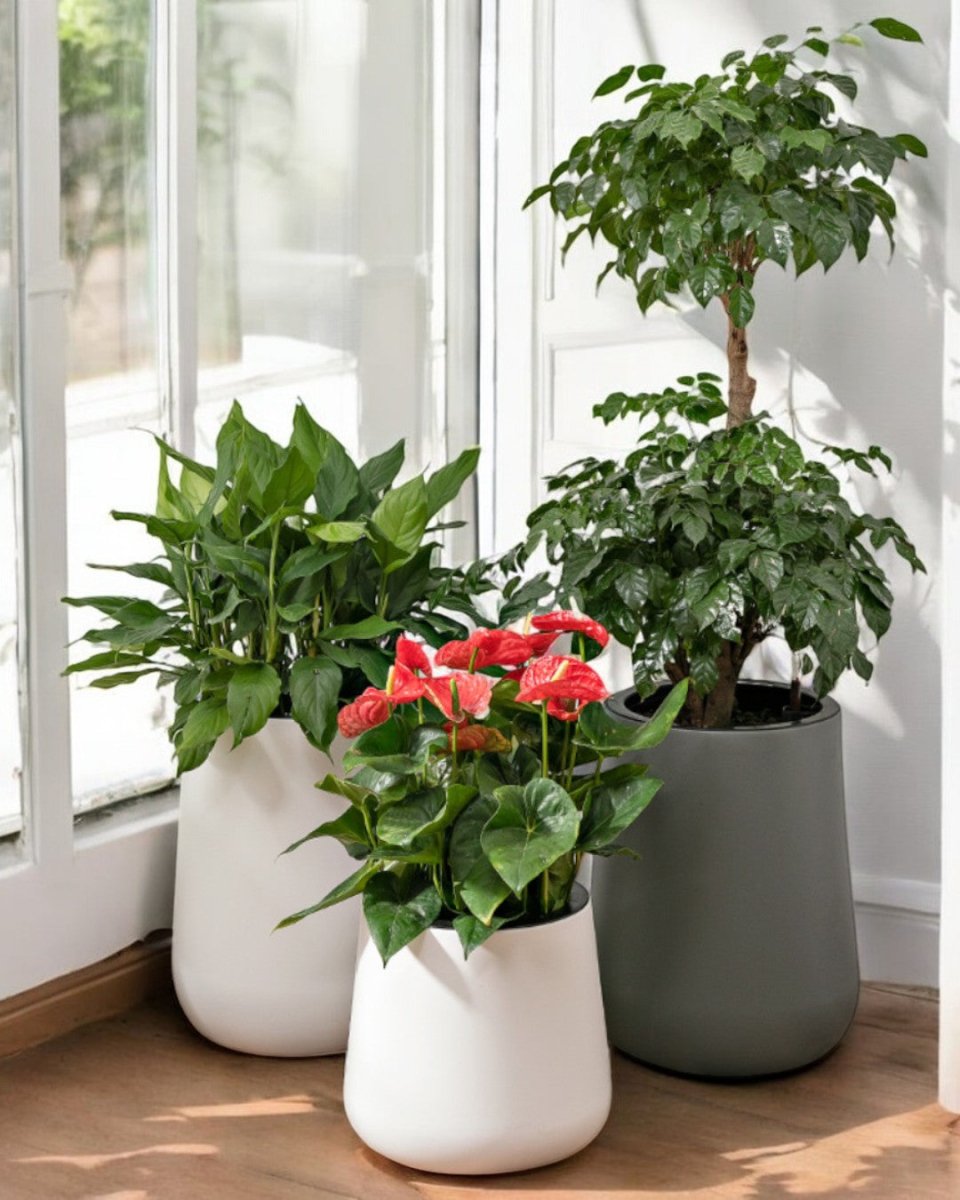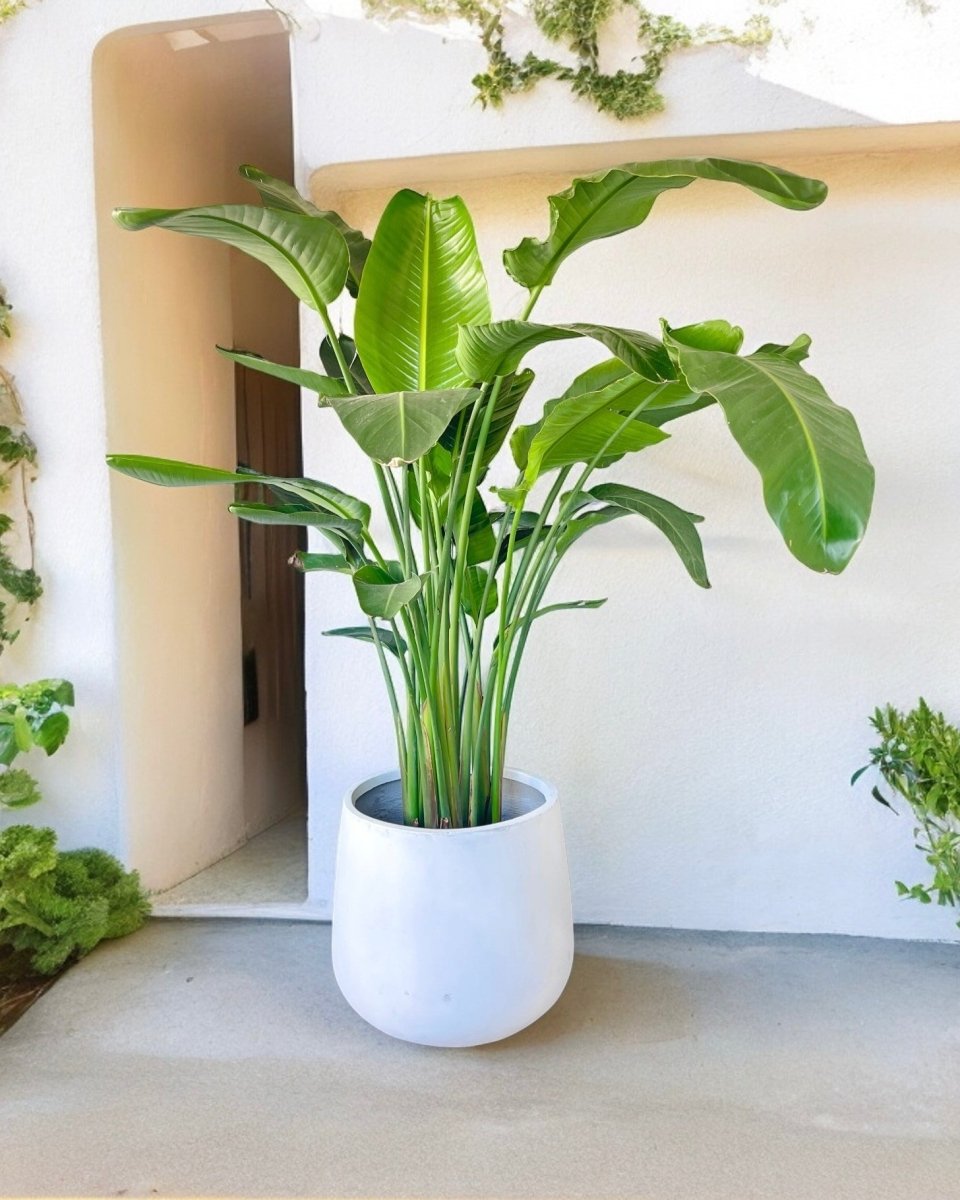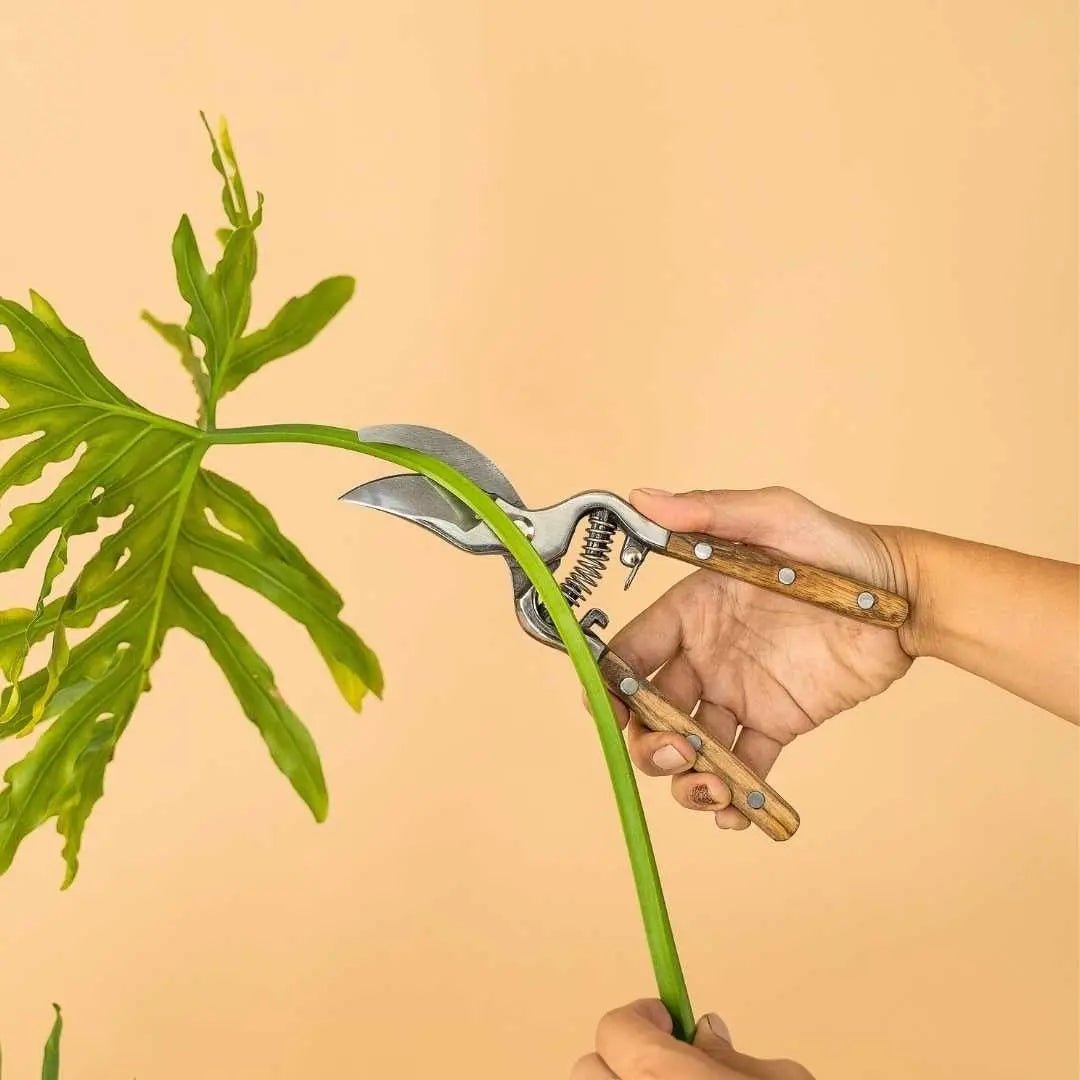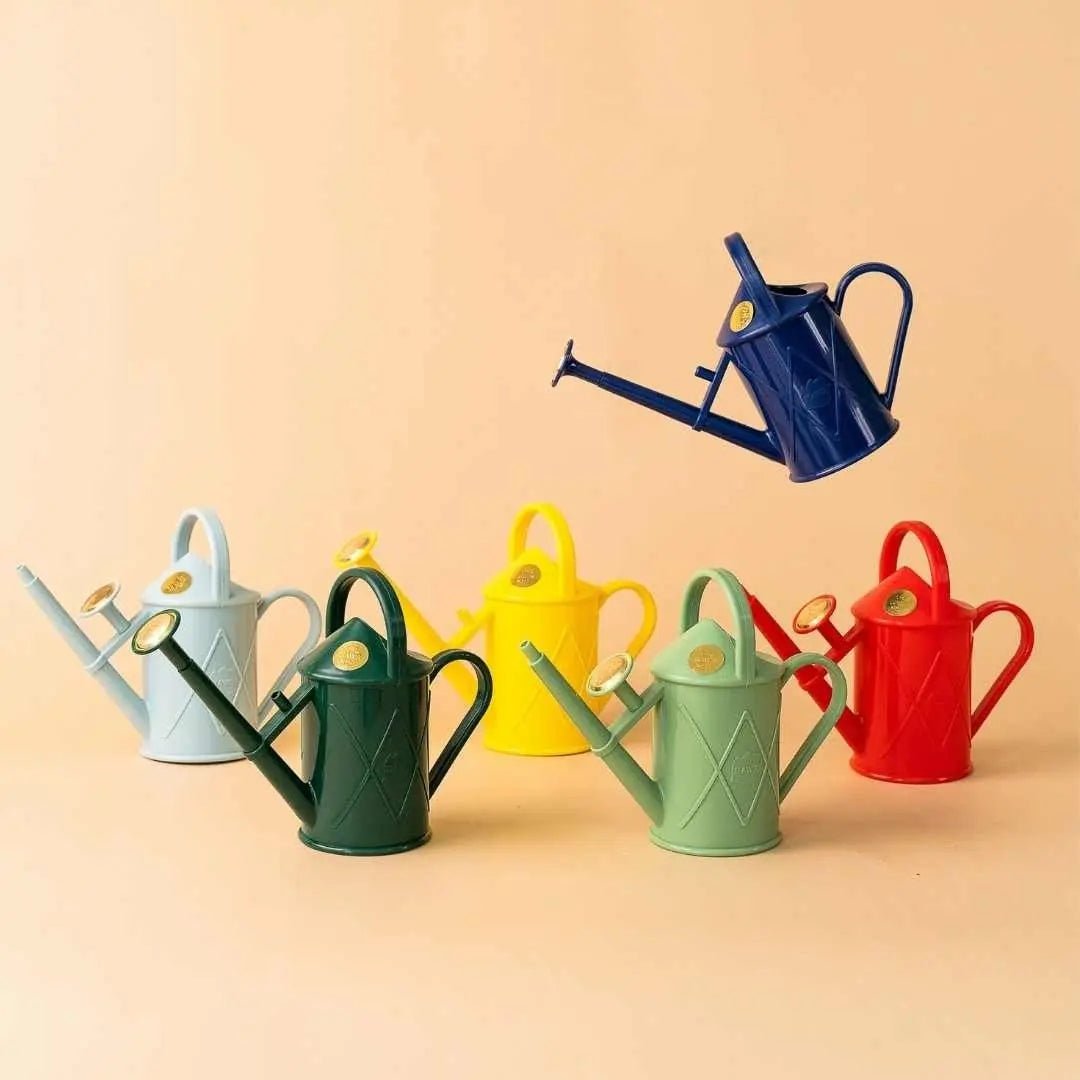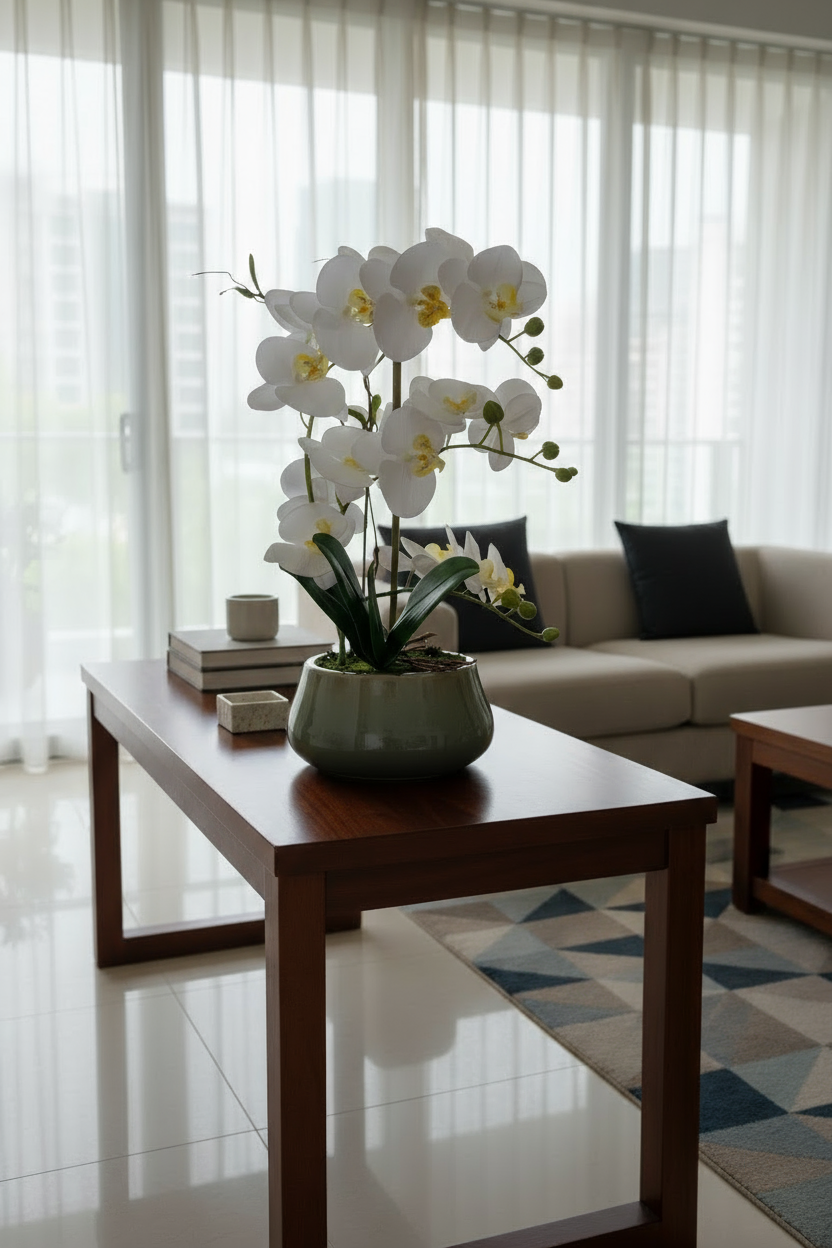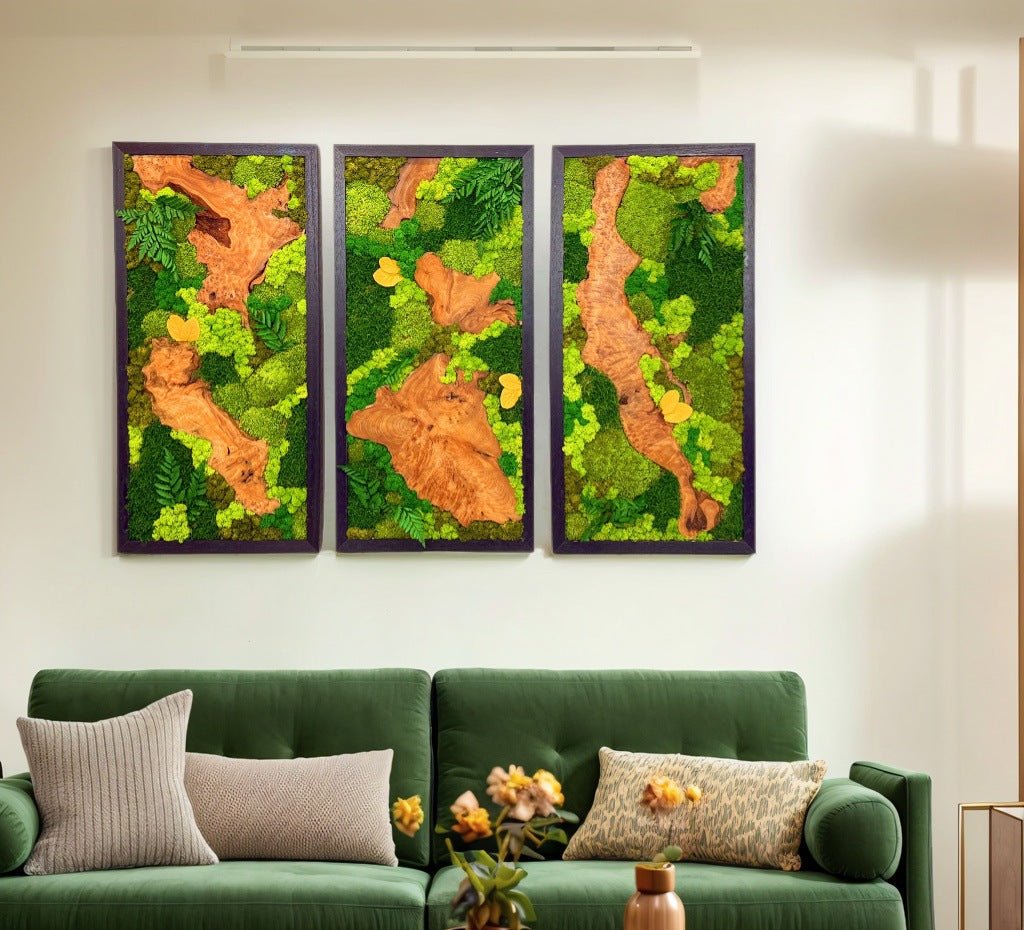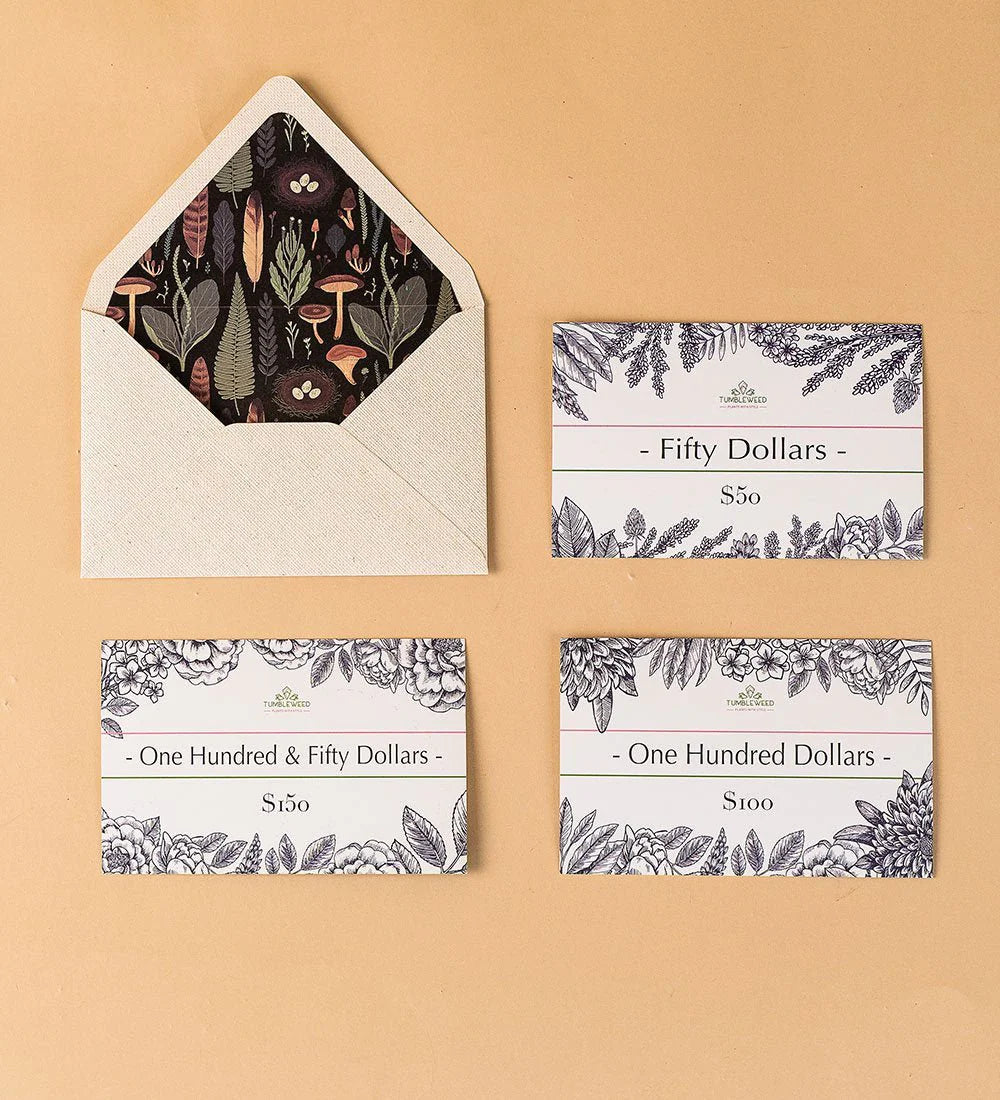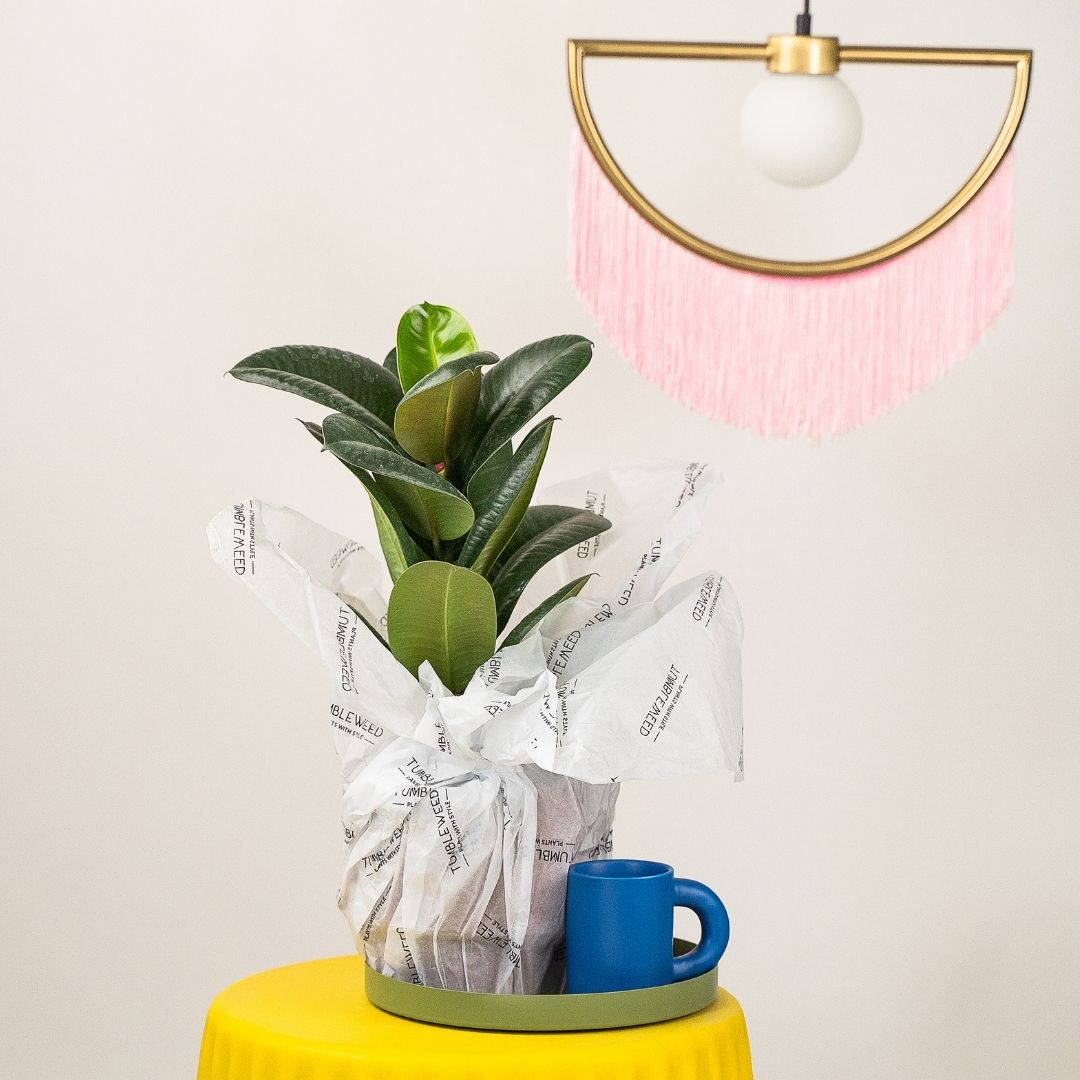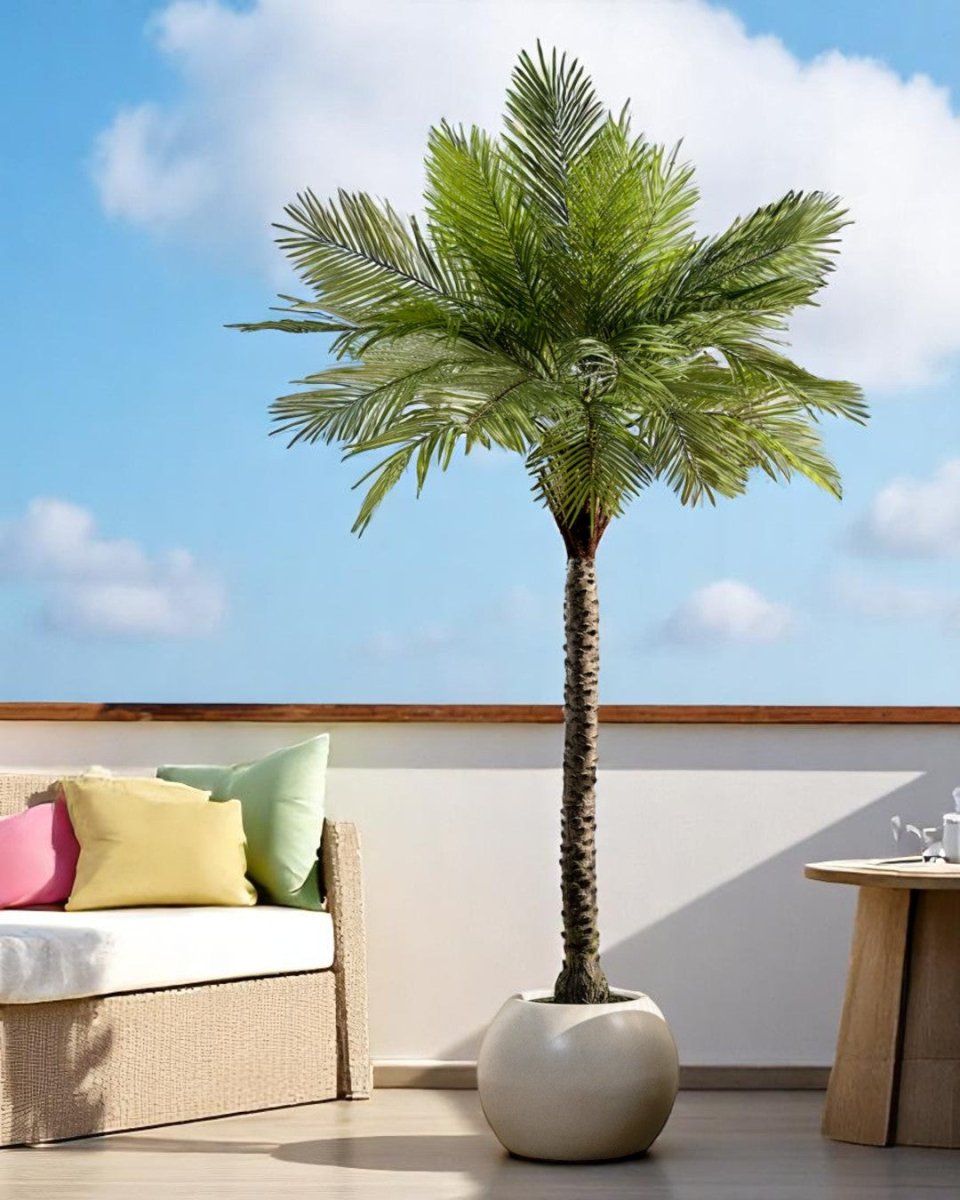Clusia is a large family of tropical evergreen shrubs, vines and trees with leathery latex leaves. A small number of their species have become popular as houseplants and are loved for their hardiness and thick, perky leaves.
Search plants, planters, garden accessories and more.
-
Sale
-
Plants
-
Pots
-
Care
-
Decor
-
Gifts
-
Services
-
Business
Free Delivery Above $99 | Shop Now
What's New
-
 Year End Sale: Up to 50% off→
Year End Sale: Up to 50% off→ -
 🎁 Corporate Gifts! 🎁→
🎁 Corporate Gifts! 🎁→ -
 Transform your space with our Plant Styling Services!→
Transform your space with our Plant Styling Services!→ -
 Low Light Corner?→
Low Light Corner?→ -
 Login to Earn & Redeem Points!→
Login to Earn & Redeem Points!→ -
 🎉 Making buying plants easy! 🎉→
🎉 Making buying plants easy! 🎉→
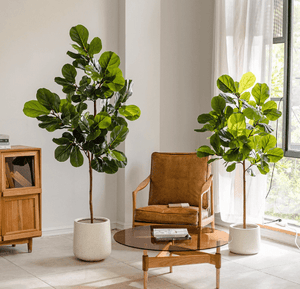
Year End Sale: Up to 50% off
Upgrade your decor now! Automatic tiered discounts mean bigger savings on plants, planters & more. Watch your progress bar fill up as you shop! Sale ends soon. 🌱
Also don't miss out on our free XL Everfresh giveaway, auto enrolled when you make a purchase with us.
Shop Plants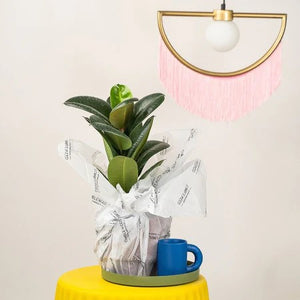
🎁 Corporate Gifts! 🎁
Planning corporate gifts for the festive season? Make a lasting impression with our premium plant gifts! Perfect for clients, partners, or employees, our curated selection of plants is both meaningful and elegant. Choose from a variety of options that fit any budget. Order now and ensure your corporate gifts are delivered in time for the celebrations.
Bulk Gifting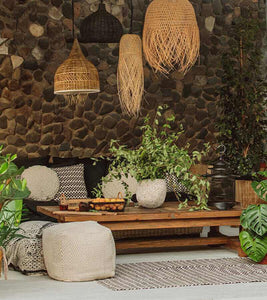
Transform your space with our Plant Styling Services!
Looking to refresh your space for the year-end festivities? Elevate your home decor with our Plant Styling service! Whether it’s a cozy corner or a grand living room, our expert tips will help you transform your space into a green oasis. Perfect for setting the holiday mood! Get inspired and start styling your space with our premium plant collections.
Start your Project
Low Light Corner?
No worries! Our Plant Lights are here to help your plants grow! Specially designed and made for houseplants.
Shop Lights
Login to Earn & Redeem Points!
Login and automatically enrol into our Rewards program, earning you points, and get exclusive deals and discount
Login Now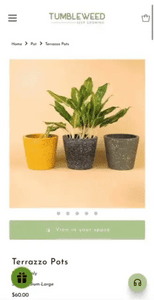
🎉 Making buying plants easy! 🎉
We have made buying plants even easier, with our customer service team, equipped to provide you with a plant recommendations. Hit us up on our chat channels to get started!
Shop NowUp to 50% off with our Year End Sale!
Free delivery above 99SGD
🎁 Free Gift Above $120
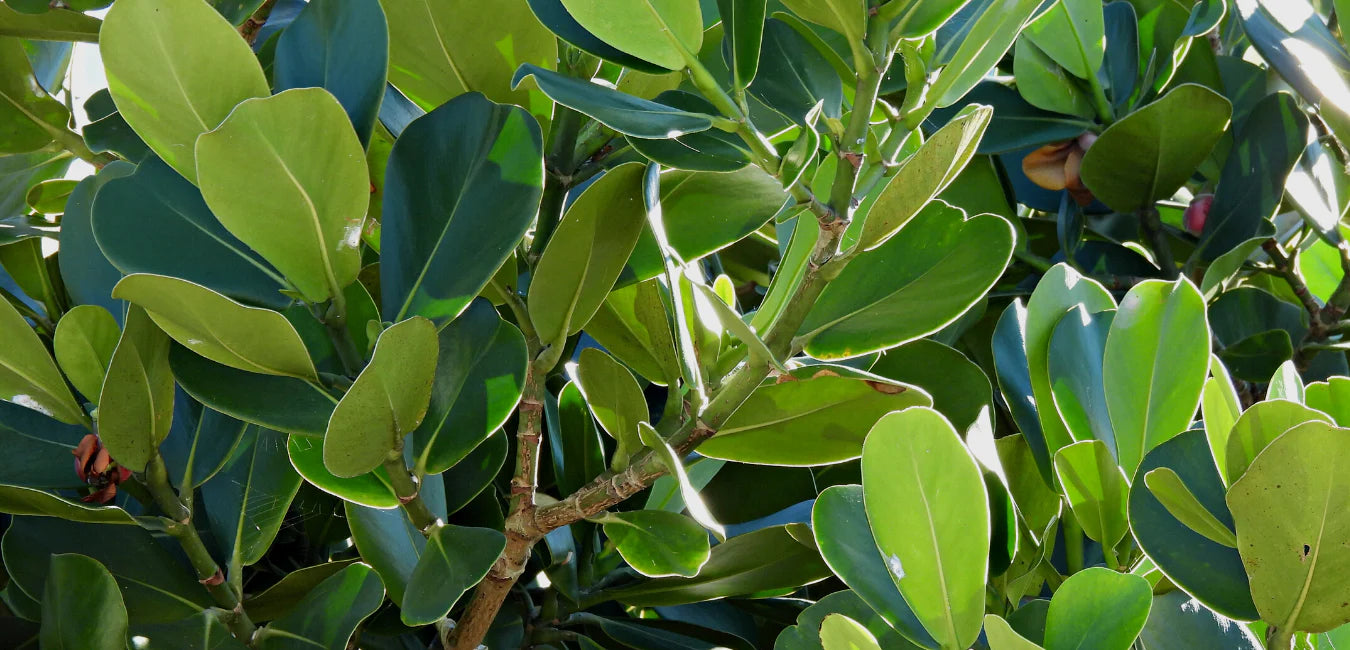
Clusia: Information and Plant Care Guide
Varieties from our listing
Interested to buy a plant from this group?
See what we have available HERE
Below is a general care guide for Clusia plants which can slightly differ depending on variety.
Light & Temperature
Clusia will tolerate a range of light conditions from light shade, through bright indirect light to full sun. They’ll be happy outdoors or in a bright room. Watering requirements will be affected by the amount of light the plant receives, so remember to adjust accordingly.
Clusia enjoy warm temperatures and will be tolerant to normal Singapore room temperatures.
Watering, Humidity & Misting
Clusia should be watered once every week or so, depending on where the plant is kept. Aim to make the soil moist but not soggy. Water your Clusia when the top two inches of soil are dry. These plants are hardy and will be forgiving to the odd period of less frequent watering.
Clusia enjoy humidity so regular misting is recommended if the plant is kept in an indoor area where there is lots of air conditioning.
Soil and Repotting
Clusia prefer dry, well-draining soil.
Clusia will need repotting every 2-3 years or so, each time sizing up the pot slightly.
Propagation
Clusia can easily be propagated from cuttings. Take a 10-15cm stem with several leaves and place it in water or a suitable potting mix of peat, perlite and sand.
Fertiliser
Use a balanced fertiliser formulated for houseplants. Follow directions on the label of plant food.
Toxicity
Clusia sap is toxic if ingested and should be kept out of the reach of children and pets.
Possible Issues
Under the right care and conditions, your plant will grow happy and healthy and Clusia are hardy plants. But here are some issues you may encounter while caring for a Clusia:
Yellow leaves - This is usually a sign that the plant is being overwatered - the most common problem with Clusia. Stop watering and check the soil for signs of root rot and change the soil if necessary.
Mould on the soil - This is a sign that the plant’s soil is not drying quickly enough and the plant may not be getting enough light. Use a chopstick to make ventilation holes int he soil and place the plant in a better ventilated area.
Dropping leaves - This can happen when the plant is repotted or moved to a new environment. The plant should become stable after a while and grow its leaves back. This is a fast growing plant so it won’t take long.
- Regular Price
- $38.00
- Sale Price
- $38.00
- Regular Price
- Unit Price
- /per
- Regular Price
- $15.00
- Sale Price
- $15.00
- Regular Price
- $15.00
- Unit Price
- /per
TumbleweedPlants.com
Live Chat 💬
Whatsapp:+65 80561106
getintouch@tumbleweedplants.com
514 Chai Chee Lane (Office & Warehouse)
-Strictly not open to walk-in
Company
Helpful Links
Join Our Community
Join 40,000+ plant lovers and get care tips & inspiration.
About
TumbleweedPlants.com is an independent plants retail brand, established in Singapore in 2016. We make stylish indoor plants easy and accessible to all with great looking houseplant varieties, the biggest selection of planters and indoor plant care essentials delivered to your door.
Shop with confidence from the Best Plant Home Decor Online Store Today!

